<< Our Photo Pages >> Cissbury Ring - Hillfort in England in West Sussex
Submitted by Andy B on Friday, 21 December 2018 Page Views: 21563
Iron Age and Later PrehistorySite Name: Cissbury RingCountry: England
NOTE: This site is 2.522 km away from the location you searched for.
County: West Sussex Type: Hillfort
Nearest Town: Worthing Nearest Village: Findon
Map Ref: TQ13910803 Landranger Map Number: 198
Latitude: 50.860570N Longitude: 0.382867W
Condition:
| 5 | Perfect |
| 4 | Almost Perfect |
| 3 | Reasonable but with some damage |
| 2 | Ruined but still recognisable as an ancient site |
| 1 | Pretty much destroyed, possibly visible as crop marks |
| 0 | No data. |
| -1 | Completely destroyed |
| 5 | Superb |
| 4 | Good |
| 3 | Ordinary |
| 2 | Not Good |
| 1 | Awful |
| 0 | No data. |
| 5 | Can be driven to, probably with disabled access |
| 4 | Short walk on a footpath |
| 3 | Requiring a bit more of a walk |
| 2 | A long walk |
| 1 | In the middle of nowhere, a nightmare to find |
| 0 | No data. |
| 5 | co-ordinates taken by GPS or official recorded co-ordinates |
| 4 | co-ordinates scaled from a detailed map |
| 3 | co-ordinates scaled from a bad map |
| 2 | co-ordinates of the nearest village |
| 1 | co-ordinates of the nearest town |
| 0 | no data |
Internal Links:
External Links:
I have visited· I would like to visit
MartinJEley Brian_Eyes would like to visit
JohnLindsay saw from a distance on 18th Dec 2014 - their rating: Cond: 3 Amb: 4 Access: 3 The bus from Worthing to Midhurst, 1, or the other way round, with a stop at Pulborough for the other railway, passes.
What needs noting now is the wonderful library in Worthing, and the Museum.
The local studies centre for west Sussex is here, there is a complete run of SAC, a run of Archaeologia, and of the Archaeological Journal.
How to use these to find out more about the place perhaps means knowing about the BIAB, which is public access and open, and the ADS, which is also mainly public access and open. Worthing has Access to Research but I haven't worked out yet how useful that is.
custer visited on 4th Apr 2012 - their rating: Cond: 2 Amb: 3 Access: 4 Good place for a pic nic, great views, nice sheltered plateau.
graemefield visited on 6th Jun 2011 - their rating: Cond: 4 Amb: 4 Access: 2
NigelS visited - their rating: Cond: 4 Amb: 5 Access: 3
Andy B have visited here
Average ratings for this site from all visit loggers: Condition: 3.25 Ambience: 4 Access: 3
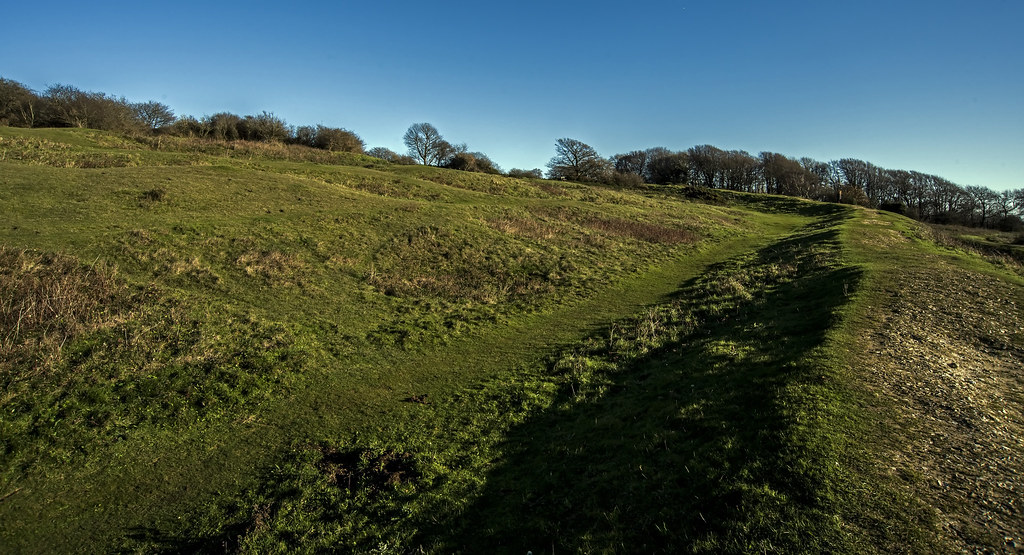
The No 2 Escarpment Shaft; ‘CavePit’ (or Shaft I); and Shaft VI. Additional art was found at Cissbury in the 1950s in Shaft 27 and its associated galleries.
Anne Teather has written a very interesting paper about Neolithic rock art found in flint mines in Southern England. She argues that flint mines should be thought of as more than simple functional mining sites, that they were revered as monuments in their own right. Lots on the art at Cissbury and also Harrow Hill, Grimes Graves and many other locations. See the most recent comment on our page
You may be viewing yesterday's version of this page. To see the most up to date information please register for a free account.
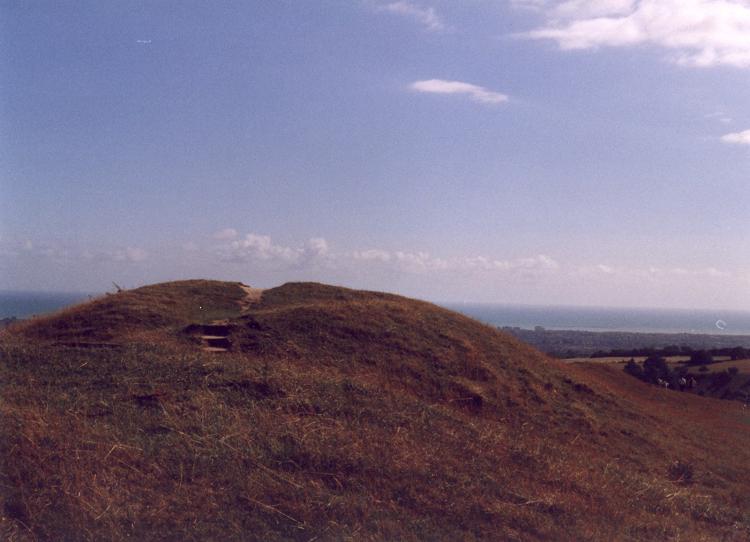
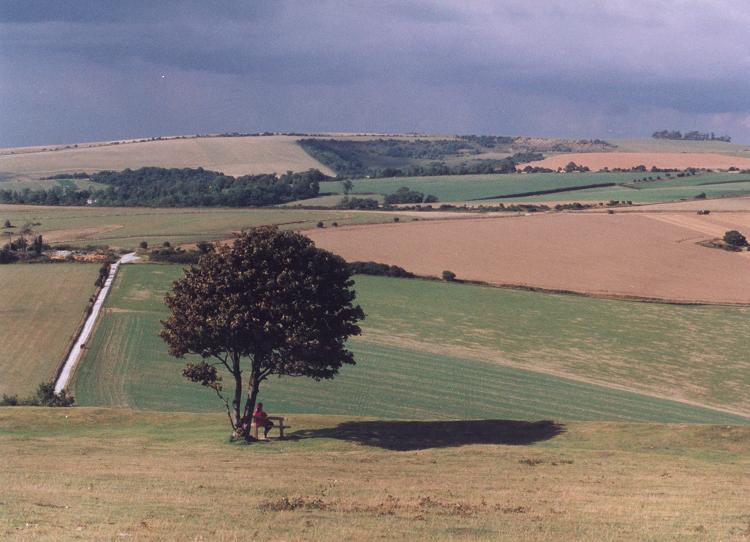
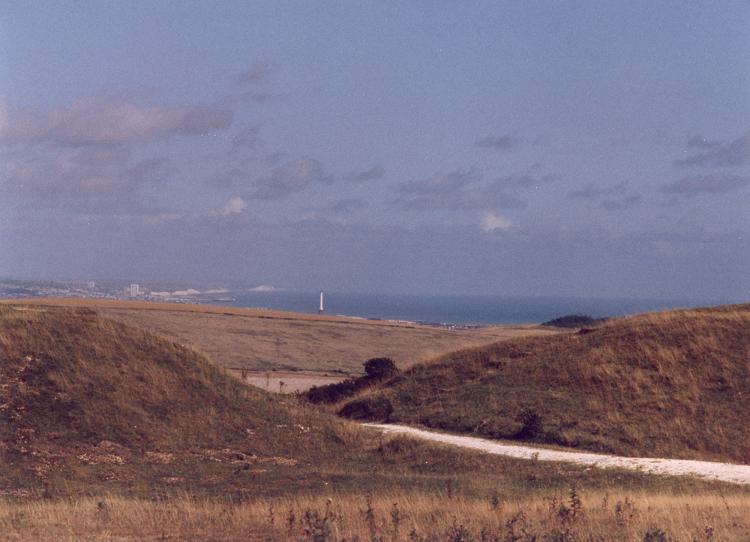
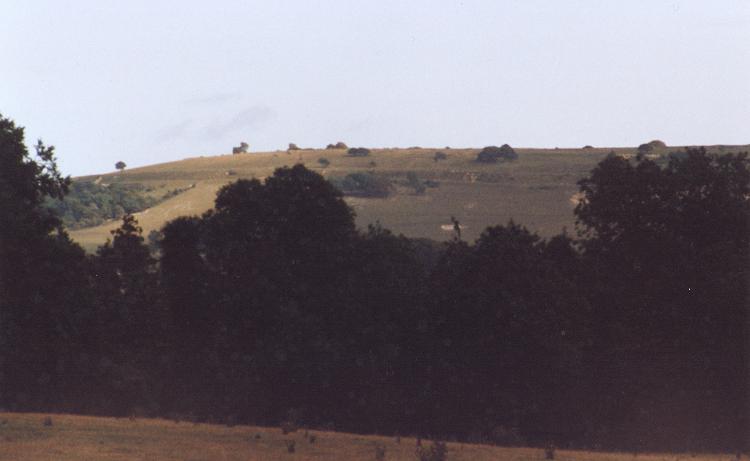
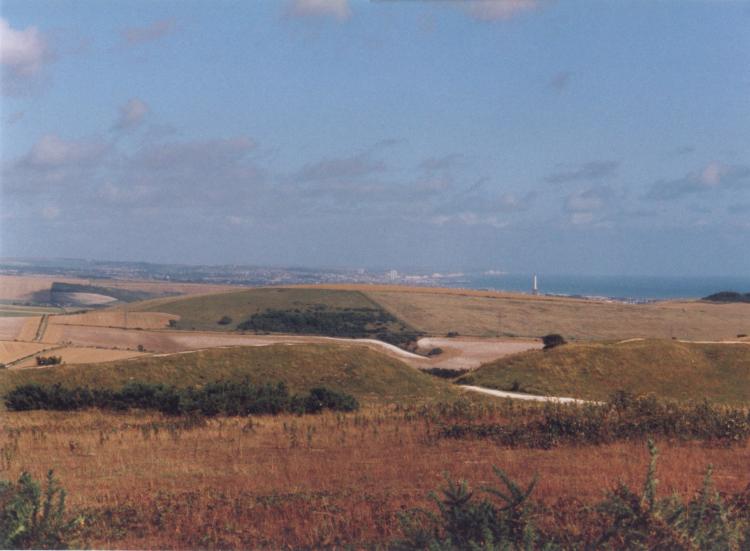


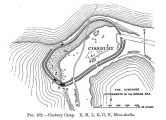
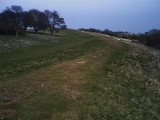
Do not use the above information on other web sites or publications without permission of the contributor.
Click here to see more info for this site
Nearby sites
Key: Red: member's photo, Blue: 3rd party photo, Yellow: other image, Green: no photo - please go there and take one, Grey: site destroyed
Download sites to:
KML (Google Earth)
GPX (GPS waypoints)
CSV (Garmin/Navman)
CSV (Excel)
To unlock full downloads you need to sign up as a Contributory Member. Otherwise downloads are limited to 50 sites.
Turn off the page maps and other distractions
Nearby sites listing. In the following links * = Image available
2.5km W 277° Church Hill Bowl Barrow Round Barrow(s) (TQ11430826)
2.5km W 277° Church Hill Flint Mines Ancient Mine, Quarry or other Industry (TQ114083)
3.3km WNW 296° Muntham Court Iron Age/Romano British Settlement/Shrine/Well Ancient Village or Settlement (TQ109094)
3.5km NE 51° Steyning Round Hill Cross Dyke Misc. Earthwork (TQ16581031)
3.6km ESE 110° Titch Hill Farm Cross Dyke Misc. Earthwork (TQ17310687)
3.7km N 6° Chanctonbury Hill Bowl Barrow 6* Round Barrow(s) (TQ14231174)
3.8km N 6° Chanctonbury Hill Bowl Barrow 5* Round Barrow(s) (TQ14211180)
3.9km WNW 281° Blackpatch Hill Bowl Barrow Round Barrow(s) (TQ10010872)
4.0km N 3° Chanctonbury Hill Saucer Barrows 2-4* Barrow Cemetery (TQ14031200)
4.0km N 359° Chanctonbury Hill Bowl Barrow 1* Round Barrow(s) (TQ13731202)
4.0km N 355° Chanctonbury Hill Cross Dyke* Misc. Earthwork (TQ13491205)
4.1km N 1° Chanctonbury Ring* Hillfort (TQ139121)
4.5km WNW 284° Blackpatch Mounds Barrow Cemetery (TQ09500900)
4.6km W 281° Blackpatch Flint Mines* Ancient Mine, Quarry or other Industry (TQ094088)
4.7km WNW 292° Blackpatch Hill Bowl Barrow* Round Barrow(s) (TQ09540966)
4.9km WNW 284° Blackpatch Settlement Ancient Village or Settlement (TQ09150908)
5.2km WNW 294° Cock Hill Barrow* Round Barrow(s) (TQ09101007)
5.2km NE 51° Carved stone in Steyning Church Early Christian Sculptured Stone (TQ1791211392)
5.3km WNW 296° Harrow Hill Barrows Barrow Cemetery (TQ09141026)
5.3km WNW 290° Cock Hill Settlement Ancient Village or Settlement (TQ08920974)
5.3km S 173° Worthing Museum Museum (TQ147028)
5.5km ESE 105° Our Lady's Well (Lancing) Holy Well or Sacred Spring (TQ193067)
5.6km WNW 284° New Barn Down Ancient Village or Settlement (TQ08460922)
5.6km WNW 301° Old Gray's Wood Bowl Barrow Round Barrow(s) (TQ09051078)
5.6km WNW 284° New Barn Down Barrows Barrow Cemetery (TQ08430926)
View more nearby sites and additional images

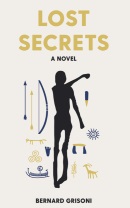



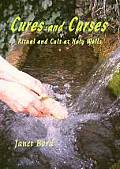
 We would like to know more about this location. Please feel free to add a brief description and any relevant information in your own language.
We would like to know more about this location. Please feel free to add a brief description and any relevant information in your own language. Wir möchten mehr über diese Stätte erfahren. Bitte zögern Sie nicht, eine kurze Beschreibung und relevante Informationen in Deutsch hinzuzufügen.
Wir möchten mehr über diese Stätte erfahren. Bitte zögern Sie nicht, eine kurze Beschreibung und relevante Informationen in Deutsch hinzuzufügen. Nous aimerions en savoir encore un peu sur les lieux. S'il vous plaît n'hesitez pas à ajouter une courte description et tous les renseignements pertinents dans votre propre langue.
Nous aimerions en savoir encore un peu sur les lieux. S'il vous plaît n'hesitez pas à ajouter une courte description et tous les renseignements pertinents dans votre propre langue. Quisieramos informarnos un poco más de las lugares. No dude en añadir una breve descripción y otros datos relevantes en su propio idioma.
Quisieramos informarnos un poco más de las lugares. No dude en añadir una breve descripción y otros datos relevantes en su propio idioma.